Butterfly children is the colloquial term used to refer to patients suffering from Epidermolysis bullosa (EB). Their skin is extremely fragile and a touch can result in painful blisters and open wounds. Over 500 people are afflicted by this disease in Poland, mainly children. Their life is marked by constant pain.
Epidermolysis bullosa is a group of congenital bullous disorders affecting the epidermis, and manifesting itself in fragile skin. Painful blisters and open wounds can form from just touching it. The symptoms can only be alleviated by dressing the wounds.
“My body, like that of all other children struggling with this cruel disease is like glass, like a butterfly’s wing, and even a smallest touch or trauma can be deadly," writes EB patient Przemysław Sobieszczuk who founded the Debra Poland Fragile Touch Association.
A touch that burns
Statistically, 17 in 20 thousand children are born with EB. The disease assumes various types, some are distinguishable on the skin shortly after birth, while others appear later.
In some types of EB, blisters and open wounds turn into scars that deform hands and feet. “Some wounds occupy a very large area of the skin and the healing process can last several months," Sobieszczuk explained.
Even normal everyday actions, such as eating, walking and putting on clothes, can cause blisters similar to second- and third-degree burns on the skin of a person with EB. Cicatrising wounds can narrow the oesophagus, which can prevent the patient from consuming normal meals, leading to malnourishment and anaemia.
The death rate among infants, children and young adults with the severe form of this disease is high. The reasons for this include infections through the wounds and anaemia. Lower immunity is another factor.
The Debra Poland Association
In 2004 Przemysław Sobieszczuk founded the Debra Poland Fragile Touch Association – the Polish branch of an international association helping EB patients. Debra Poland provides assistance to their families. The forms of support include comprehensive information about the disease and the ways it can be managed.
Parents belonging to the association get together to learn how to apply dressing, ointments and prevent contractures from forming. The Association organises training and rehabilitation stays and meetings. It also runs educational activities to increase the social acceptance of people with EB and raise the awareness that this disease is not infectious.
Each year in the last week of October an International EB Awareness Week is held. It involves information campaigns about problems faced by EB patients.


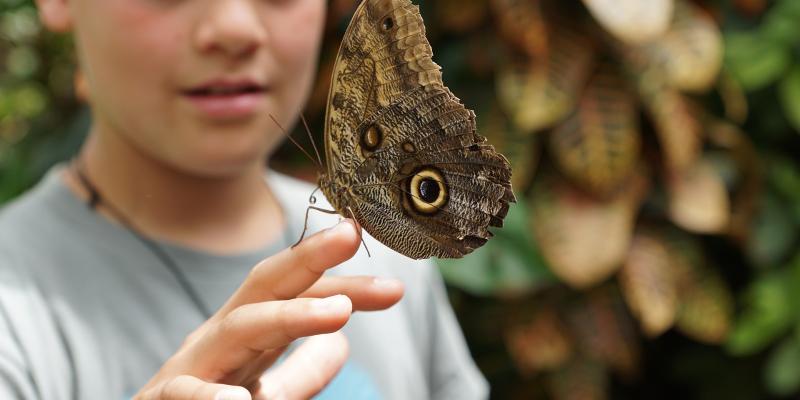


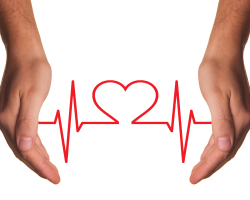
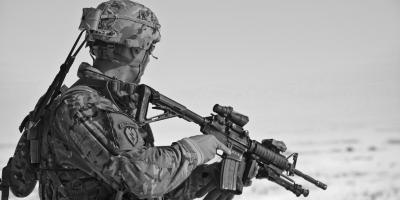
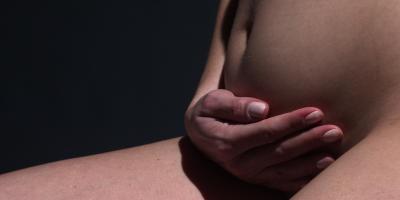
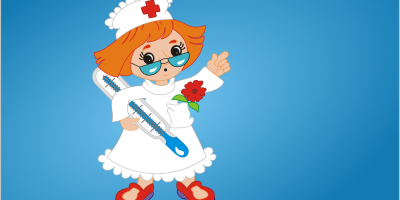
Comments (0)